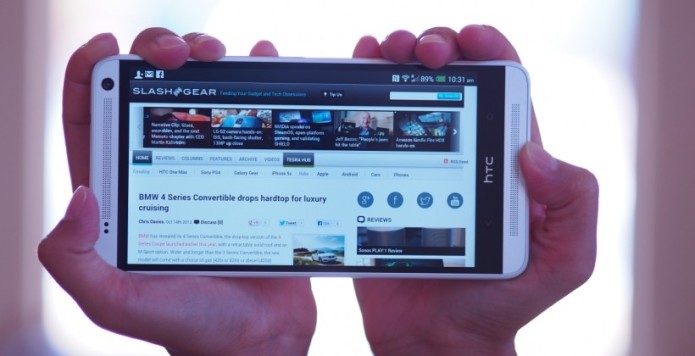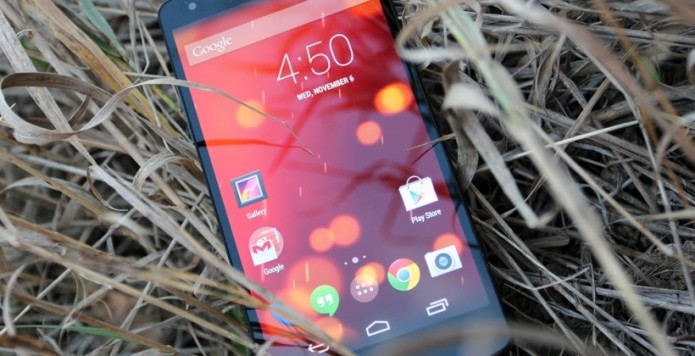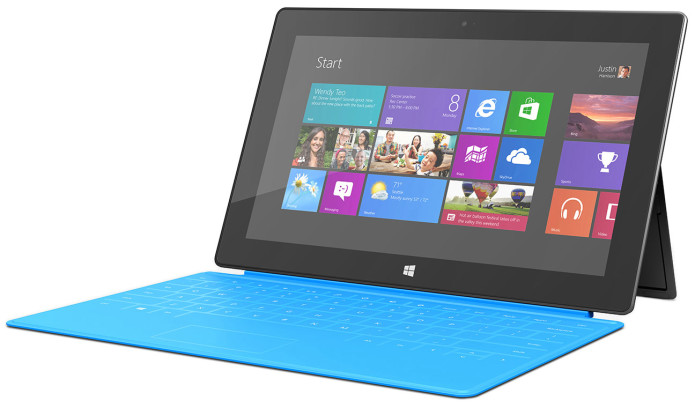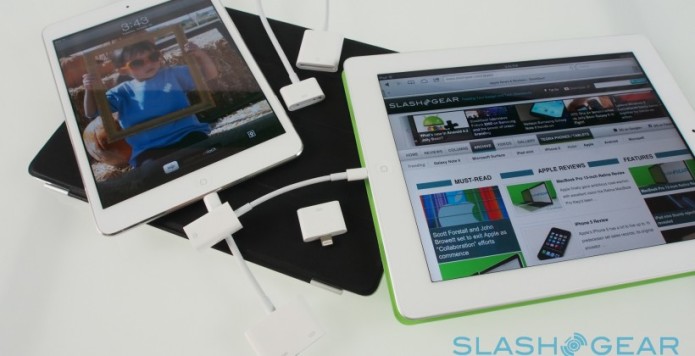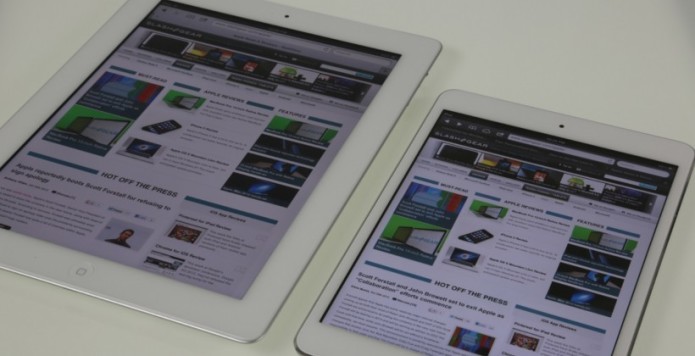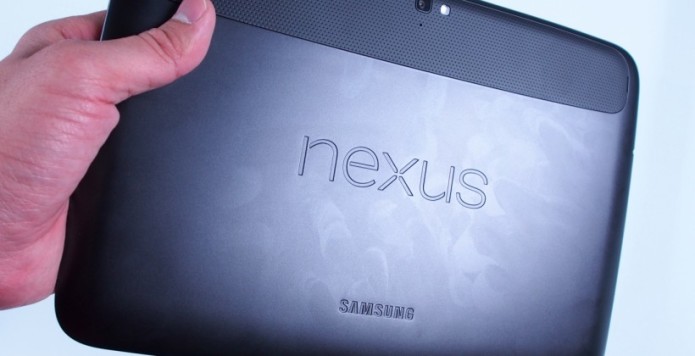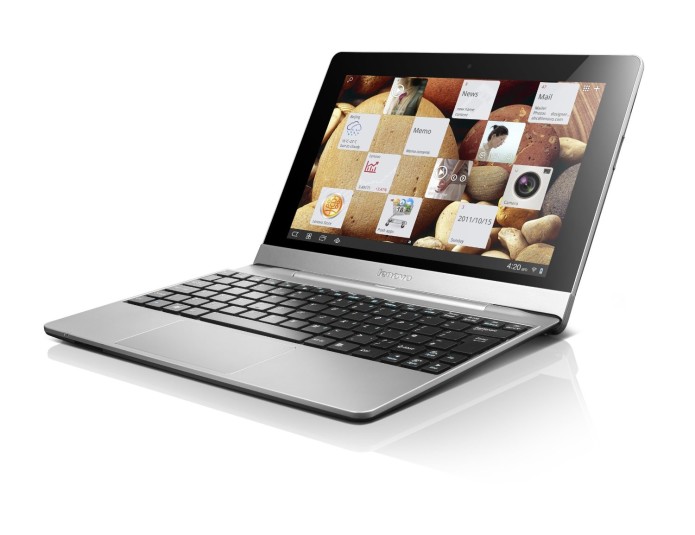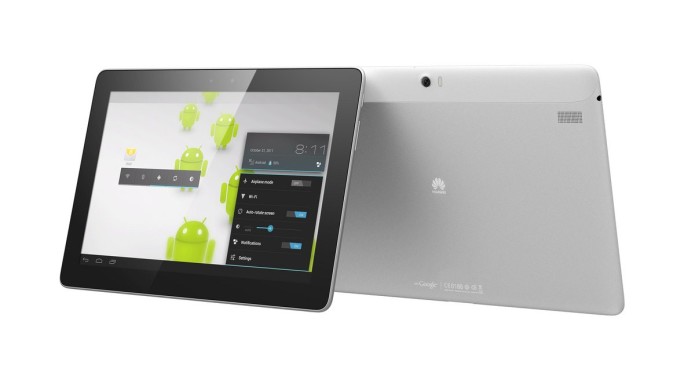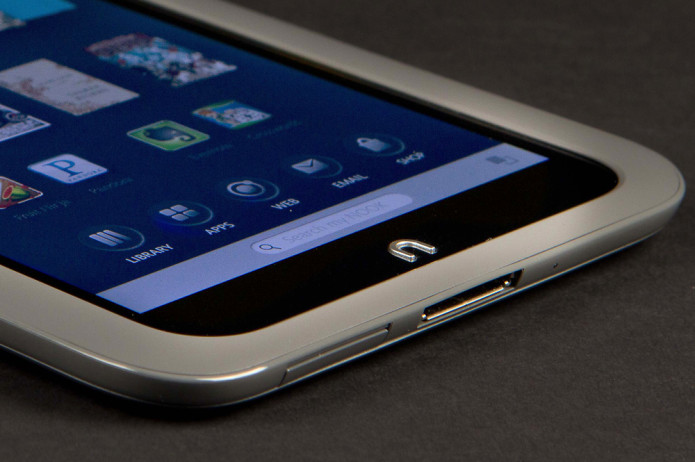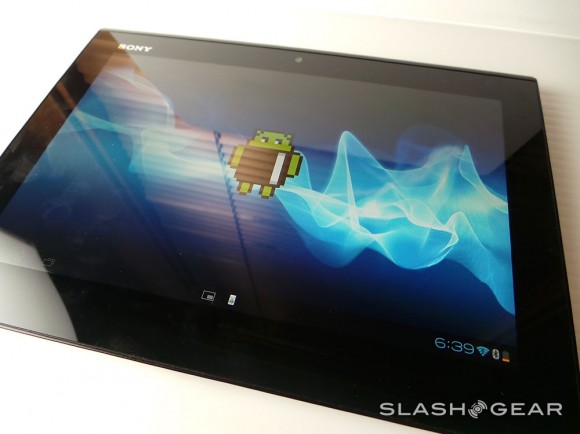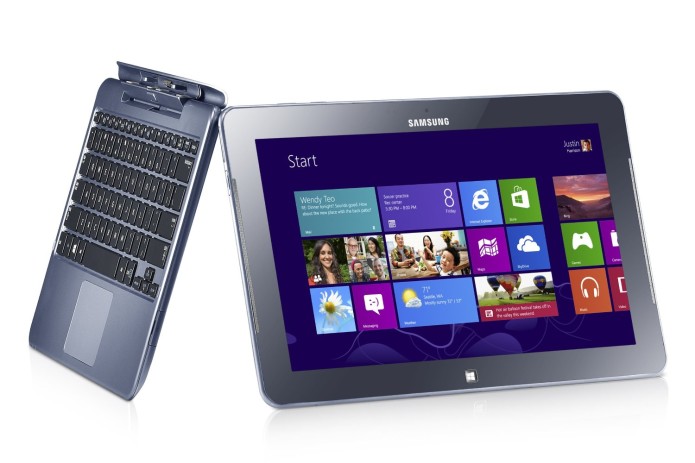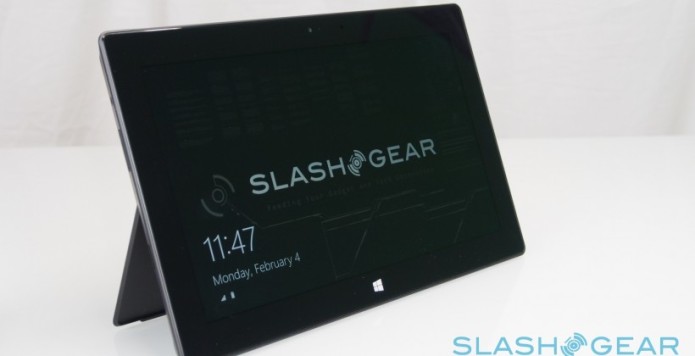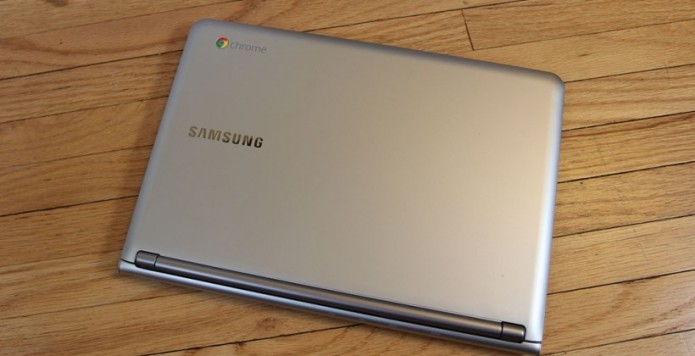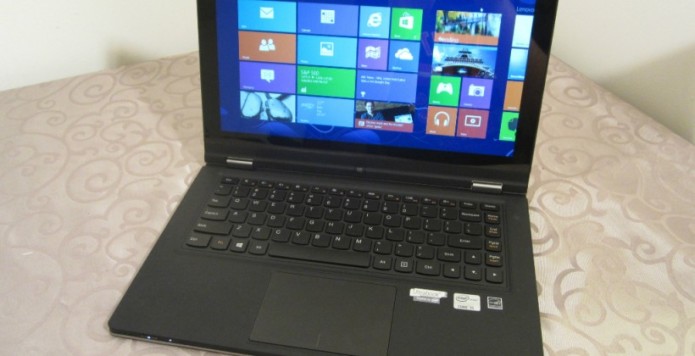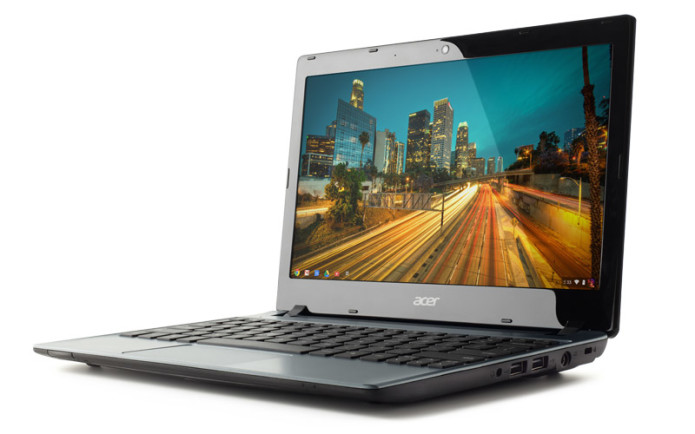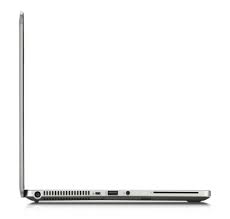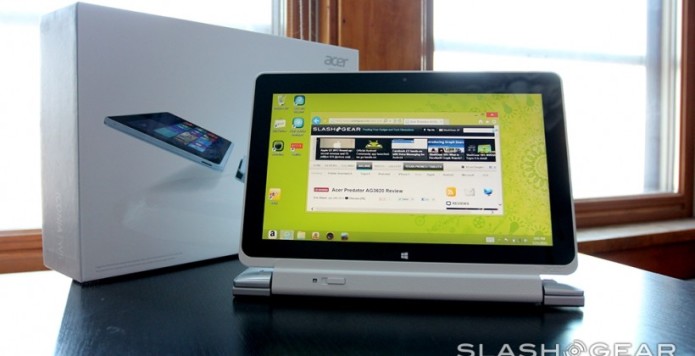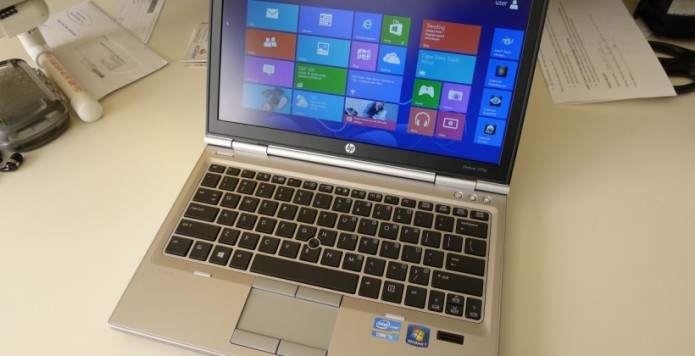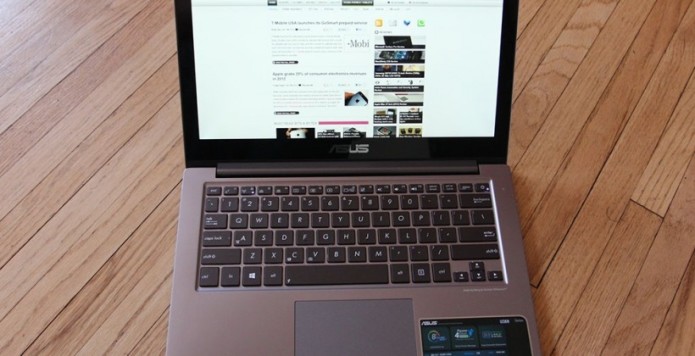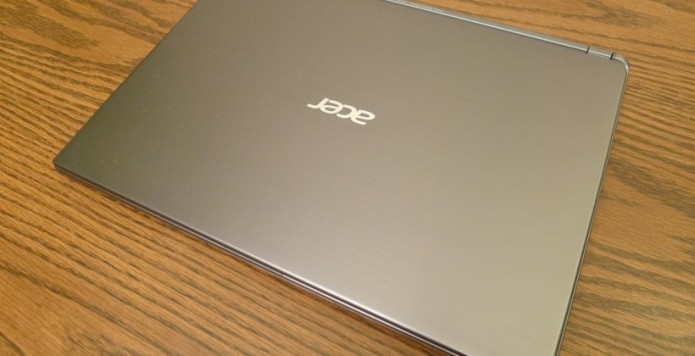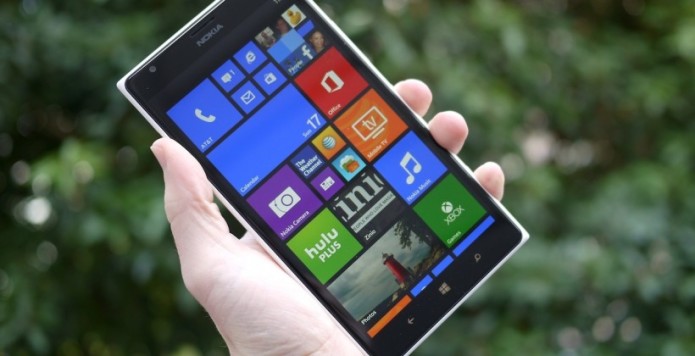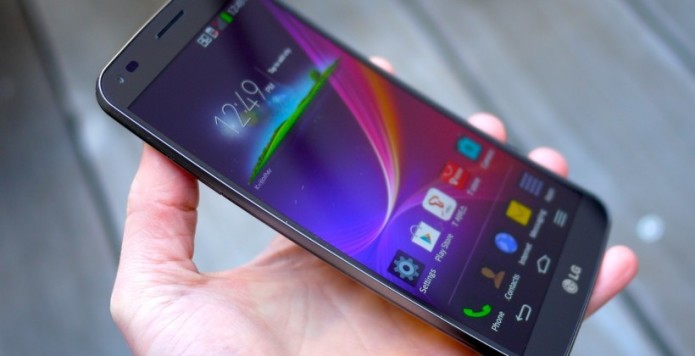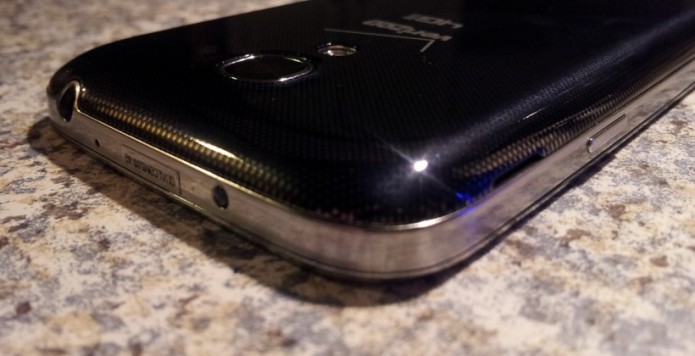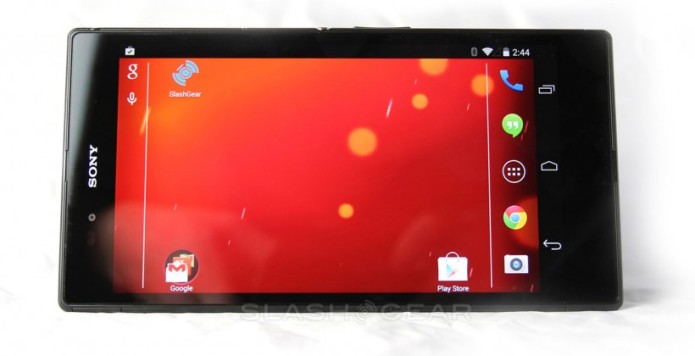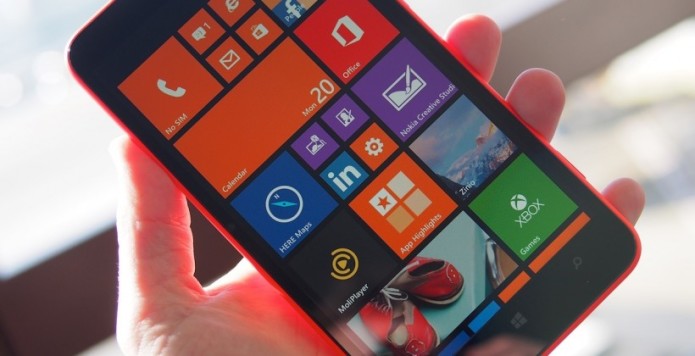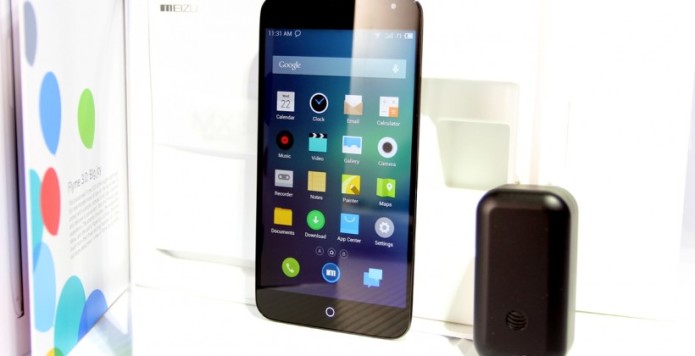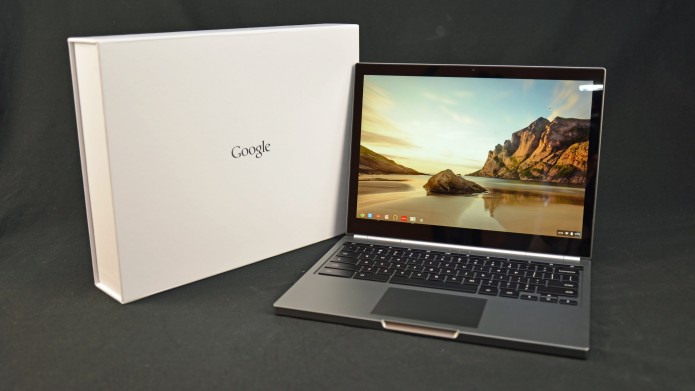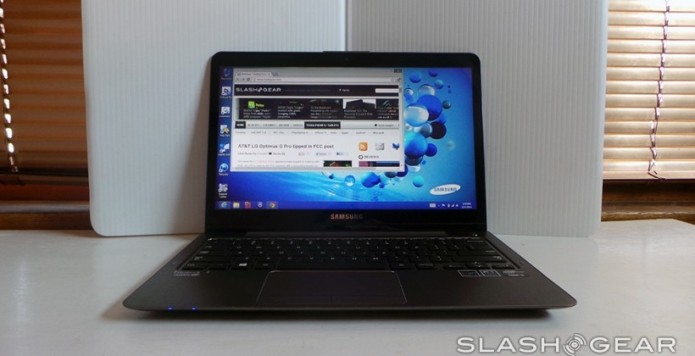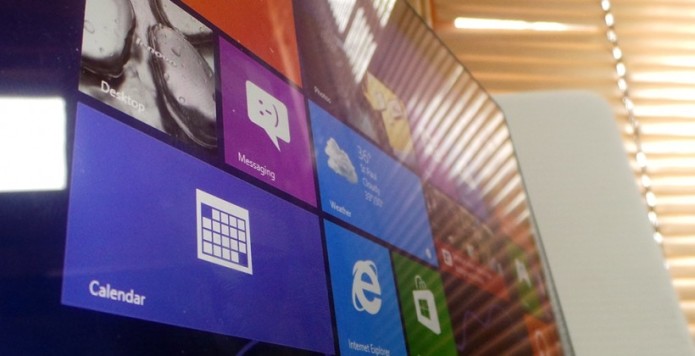HTC should’ve had a best-seller with the HTC One. The metal-bodied phone was the go-to recommendation for Android fans in the know, and that it didn’t get the attention of Samsung’s Galaxy range is arguably more about marketing than anything else. HTC followed Samsung’s example in distilling the brand for a smaller version, in the shape of the HTC One mini, and has now scaled things up with the HTC One max. A 5.9-inch display, metal body, and UltraPixel camera technology are arguably ingredients for the perfect phablet, but has HTC baked the One max badly? Read on for our full review.
Hardware and Design
The family resemblance is strong, though where there was a relatively small difference in size between the One mini and the One, there’s no disguising the surprise when you see quite how much bigger the One max is. Measuring in at 164.5 x 82.5 x 10.29 mm and 217g, it’s a monster in comparison to the 137 x 68 x 9.3 mm, 143g original One. On the lower edge of the rear are pogopins for an eventual dock and charging case.
…
Read full post here:
https://www.slashgear.com/htc-one-max-review-14301310/


